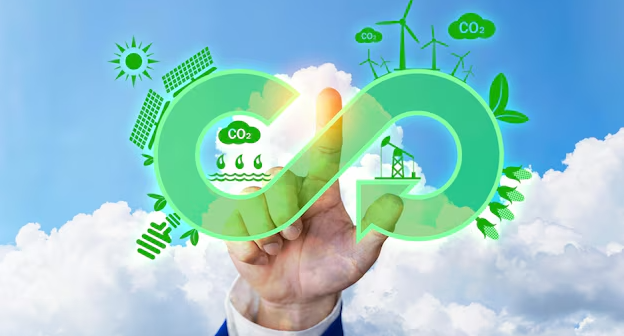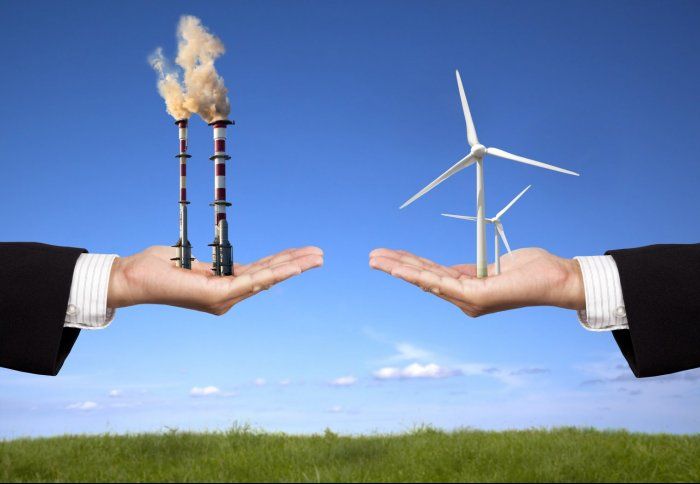Will Australia Become a Renewable Energy Superpower?

Australia has a rapidly growing renewable energy industry that will create tens of thousands of new job opportunities over the next decade. Depending on policy decisions taken now, governments and businesses could create over 20,000 roles in the next five years, including exciting professions in solar and wind energy sectors, hydro and pumped hydropower, and batteries. For this to happen effectively and without job losses, there needs to be a comprehensive transition plan in place that will encourage a shift from the current coal workforce to encourage diversification within the industry, renewable planning and substantial investment. All eyes are on the government and their handling of COVID-19 stimulus measures and broader energy policies.
Interestingly, Australia has unparalleled renewable energy resources and has the opportunity to become a renewable energy superpower and global leader in net-zero emissions that are critical in this year’s COP26 negotiations in Glasgow, which concluded on 12th November.
Wärtsilä, a global leader in innovative technologies and complete lifecycle solutions for the marine and energy markets, recently released a report revealing that many countries already have the necessary technology to quickly shift to net-zero energy systems despite differing starting points. By prioritising the transition towards 100% renewable energy, Australia can rapidly decarbonise its power sector at a very low cost. The country has the highest level of renewable energy potential per person with over 10,000 MWh each year, giving Australia a unique opportunity to transition to a fully renewable power system.
Quite simply, replacing Australia’s archaic coal power stations with variable renewable energy will dramatically reduce Australia’s emissions. There must be a combination of flexible assets to stabilise the transition, including battery energy storage and thermal balancing power plants. If Australia uses the Wärtsilä model, the country will need 12% of the overall capacity mix to be flexible solutions. This system could lead to the employment of 46,000 people under the AEMO’s Step Change Scenario in just over a decade. These roles could be distributed across regional and rural Australia.
As the industry grows, the jobs that now dominate the market, such as construction and installation, will naturally diversify into ongoing recruitment and employment into operations and maintenance roles. Recruiters are finding critical skill set shortages within the renewable energy labour market, leading to costly project delays. We understand that there needs to be a review of the market's structure. There need to be relevant training systems put in place to ensure targets are met, credible career pathways are created, and country prosperity is enjoyed throughout Australia.



